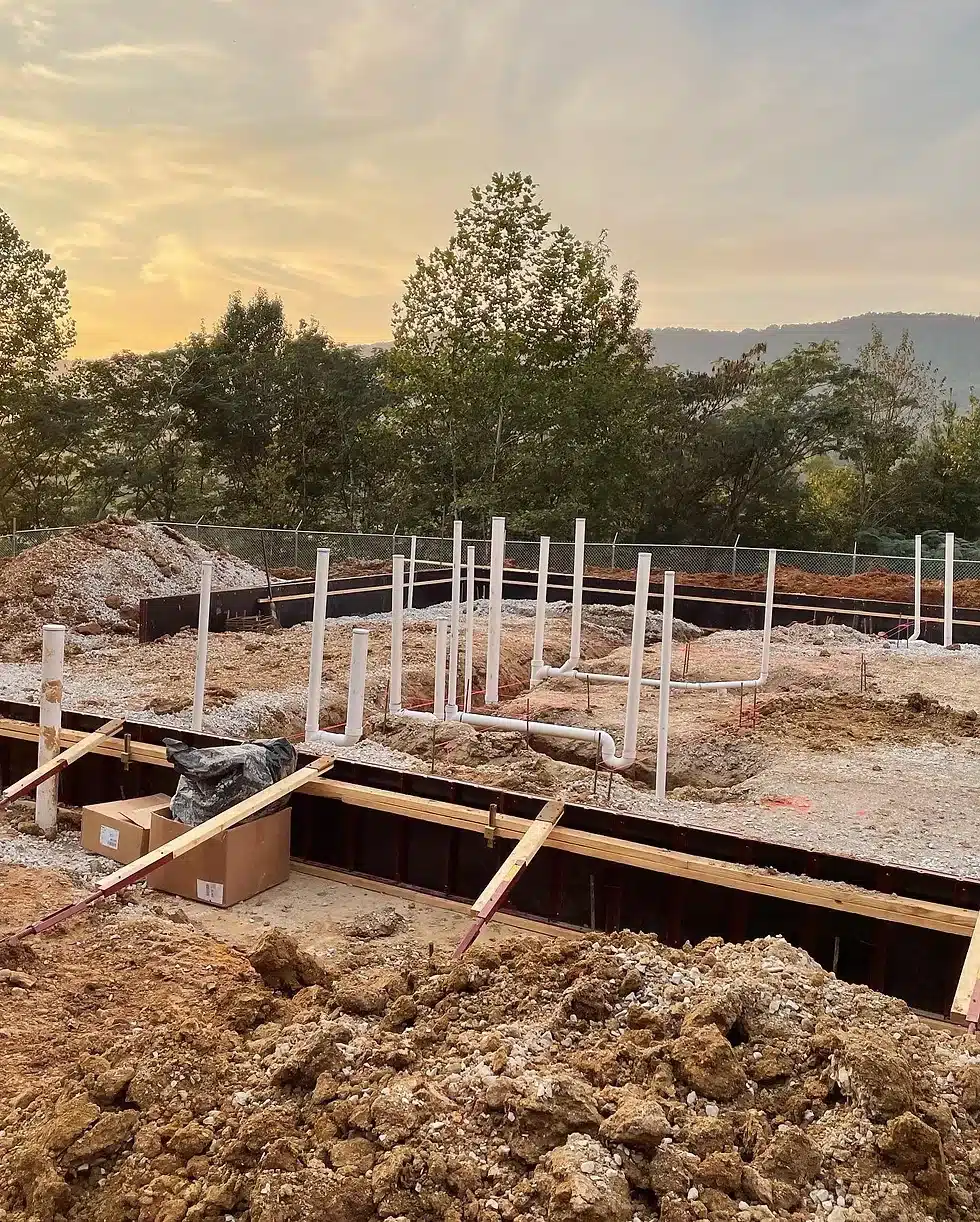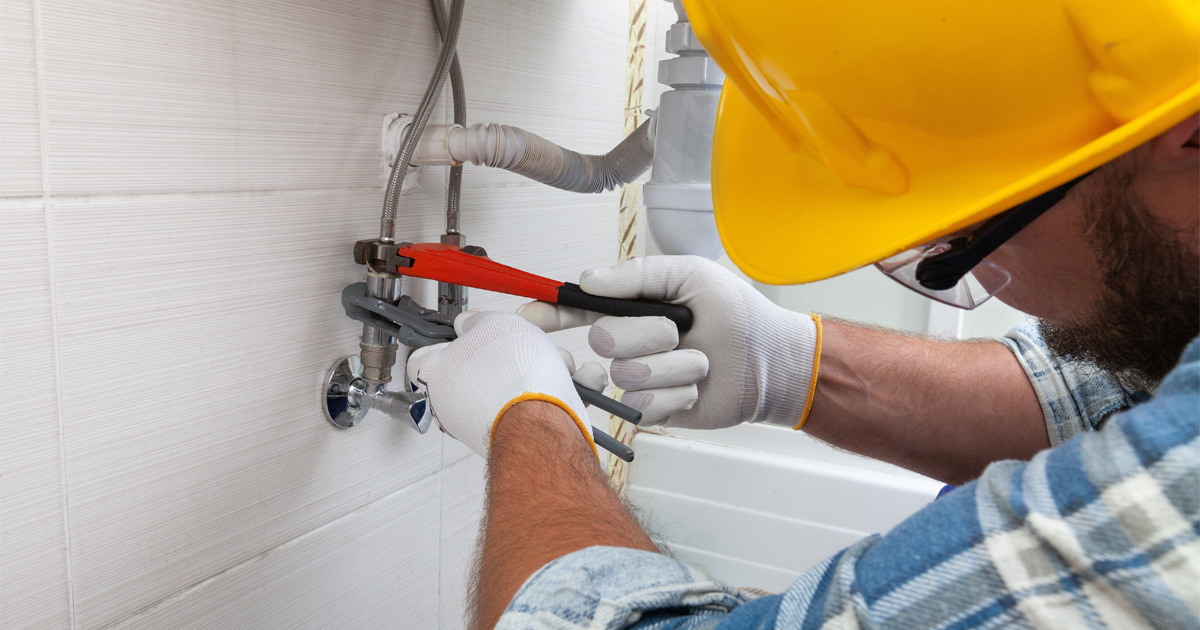Acquiring Insight into Home Plumbing Basics: A Beginner's Handbook
CallAlmost everyone may have their private theory about Understanding the Basics of Your Home's Plumbing System.

Plumbing is an essential element of any type of home, in charge of supplying tidy water for drinking, cooking, and showering, as well as eliminating wastewater securely. Understanding the fundamentals of home plumbing is crucial for each home owner to guarantee appropriate upkeep, troubleshooting, and, if necessary, repair services. In this newbie's guide, we'll cover the fundamental concepts of home plumbing to assist you come to be more aware of just how it works.
Water Heating Unit
The water heater is responsible for heating water for residential use, including bathing, cooking, and cleansing. Typical sorts of hot water heater consist of tank-type water heaters, tankless (on-demand) water heaters, and heatpump hot water heater. The hot water heater is connected to the supply of water system and provides hot water to plumbing fixtures as needed.
Drain System
The drain system removes wastewater from your home and carries it away to a sewage treatment facility or septic system. It consists of a network of pipes, fittings, and fixtures that transport wastewater from plumbing fixtures to the major sewage system line or septic system. Correct water drainage is vital to protect against obstructions, back-ups, and sewer leaks.
Ventilation System
The air flow system helps preserve correct atmospheric pressure and prevent sewer gases from entering your home. Vent pipelines, also called air vent heaps, expand from plumbing fixtures to the roof, allowing sewage system gases to run away safely outdoors. Ventilation pipelines also permit air to get in the drainage system, helping with smooth wastewater circulation and preventing suction or vacuum impacts.
Supply Of Water System
The water system system brings clean water into your home from a community water source or an exclusive well. It includes a main water line that connects to your home's plumbing system, generally located underground. A water meter measures the amount of water eaten, while a shut-off valve allows you to regulate the flow of water right into your home.
Plumbing Fixtures
Plumbing components are gadgets that deliver water to numerous parts of your home and include sinks, taps, toilets, showers, bath tubs, and home appliances such as dishwashers and cleaning machines. Each component is connected to the water system through pipelines and fittings and might have its shut-off shutoff for maintenance or emergency situations.
Common Plumbing Devices
Having the right tools accessible is necessary for carrying out basic plumbing repair services and upkeep tasks. Usual plumbing tools include flexible wrenches, pipe wrenches, pliers, pipe cutters, hacksaws, bettors, augers (or drain snakes), and Teflon tape. Having these tools readily offered can assist you tackle small plumbing issues successfully.
Standard Plumbing Repair Work
While some plumbing repair services may require specialist support, many usual problems can be attended to with standard do it yourself strategies. Learning how to repair a leaking faucet, unblock a drainpipe, replace a commode flapper, or fix a trickling showerhead can save you time and money on plumbing repair work.
Verdict
Comprehending the fundamentals of home plumbing is necessary for every property owner to preserve a risk-free, useful, and efficient plumbing system. By familiarizing yourself with the water system system, plumbing components, drain system, ventilation system, common plumbing devices, and fundamental repair services, you can with confidence resolve minor plumbing concerns and guarantee your home's plumbing system runs smoothly.
Plumbing for Beginners: A Comprehensive Guide
If you’re a beginner when it comes to plumbing, don’t worry; you’re not alone. Plumbing may seem intimidating, but with the right knowledge and a little practice, you can handle many common plumbing issues on your own. In this comprehensive guide, we will demystify the world of plumbing for beginners, providing you with the basic knowledge and skills needed to tackle common plumbing problems and even take on some DIY plumbing projects.
The Importance of Basic Plumbing Knowledge for Beginners:
First and foremost, basic plumbing knowledge gives you a solid foundation. It helps you grasp the key concepts and terminology that are essential in this field. By learning the basics, you’ll be able to build upon that knowledge and tackle more complex plumbing tasks in the future.
Having a basic understanding of plumbing also enables you to handle common issues that may arise in your home. Picture this: a leaky faucet or a clogged drain. With some basic plumbing knowledge, you’ll have the confidence to troubleshoot and fix these problems on your own. It saves you from unnecessary expenses and the hassle of waiting for a professional to arrive.
As a beginner, learning the basics of plumbing empowers you to take care of your own home. It gives you a sense of independence and self-reliance. You’ll no longer have to rely solely on professionals for every small issue that pops up. Instead, you can handle many tasks yourself, saving time and money in the process.
Remember, everyone starts as a beginner. Embrace the learning process and take small steps to expand your plumbing knowledge. There are plenty of online resources, tutorials, and even local workshops that talk about plumbing for beginners.
Essential Tools for Plumbing for Beginners
As you start your plumbing journey, having the right tools in your toolbox is crucial. Let’s explore some of the must-have tools:
Adjustable Wrench:
This versatile tool is a staple in any plumber’s toolbox. It allows you to tighten or loosen nuts and bolts of various sizes. Make sure to have an adjustable wrench with a comfortable grip.
Pipe Wrench:
A pipe wrench is specifically designed for gripping and turning pipes. It has serrated jaws that provide a strong grip, making it easier to loosen or tighten threaded pipes and fittings.
Plunger:
The plunger is a simple yet effective tool for clearing clogged drains and toilets. It creates suction when you push and pull, helping to dislodge blockages. Keep a good-quality plunger handy for those unexpected clogs.
Pipe Cutter:
When it comes to cutting pipes, a pipe cutter is your go-to tool. It creates clean, precise cuts without damaging the pipe. Look for a pipe cutter that can handle the pipe sizes you’re working with.
Hacksaw:
A hacksaw is useful for cutting through pipes, screws, and other materials. It’s a versatile tool that can handle different cutting tasks. Remember to use a blade suitable for cutting metal.
Tape Measure:
Accurate measurements are crucial in plumbing. A tape measure allows you to measure pipe lengths, distances, and dimensions accurately. Opt for a sturdy tape measure that extends a good length.
Pliers:
Pliers come in handy for various tasks, such as gripping, bending, and cutting. Slip-joint pliers with adjustable jaws are great for gripping pipes, nuts, and bolts.

I was introduced to that report on Plumbing Basics Every Homeowner Should Know from a pal on a different web address. Liked our piece of writing? Please share it. Help someone else check it out. I love reading our article about Plumbing basics: How your home plumbing works.
See Availability